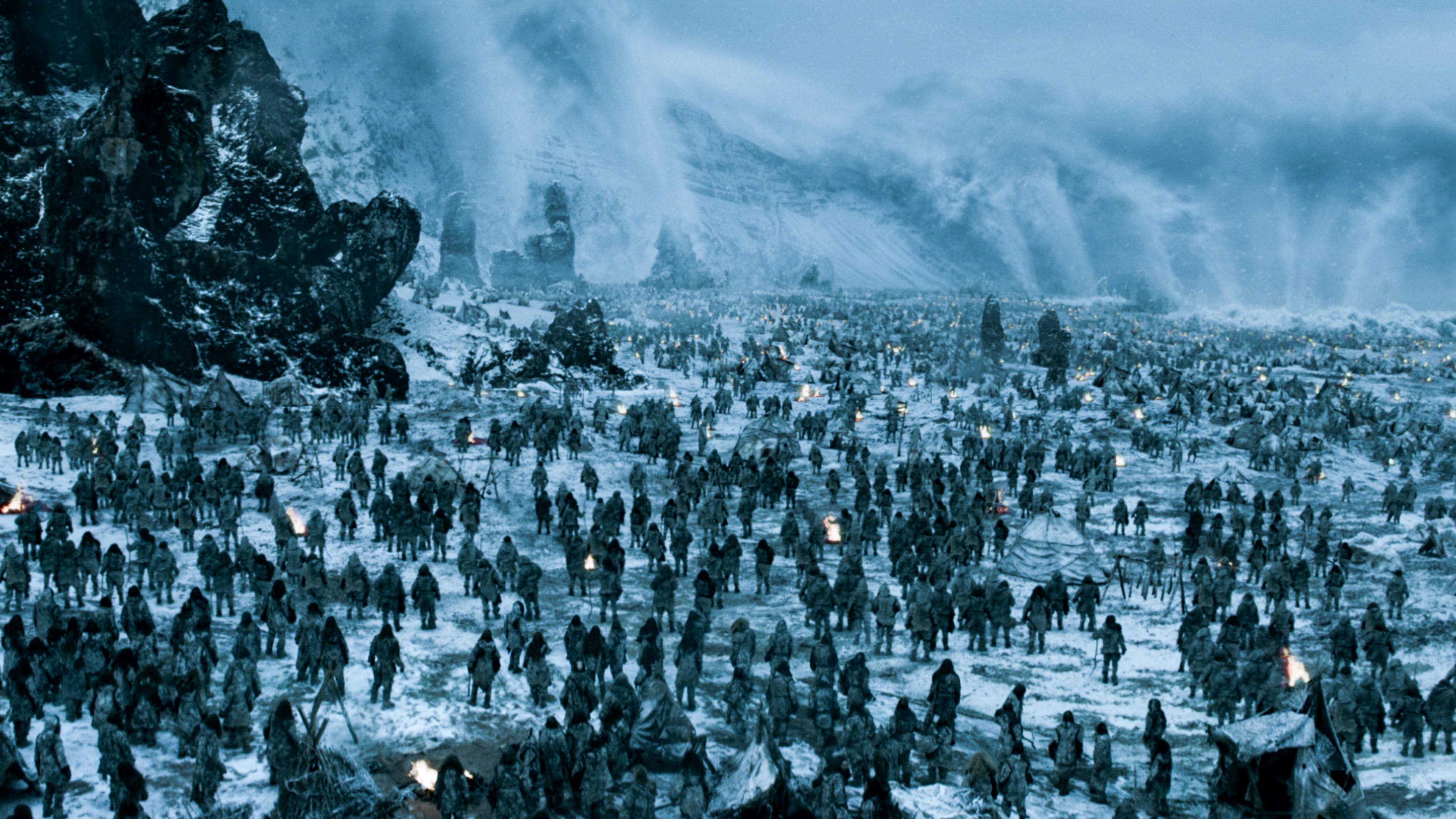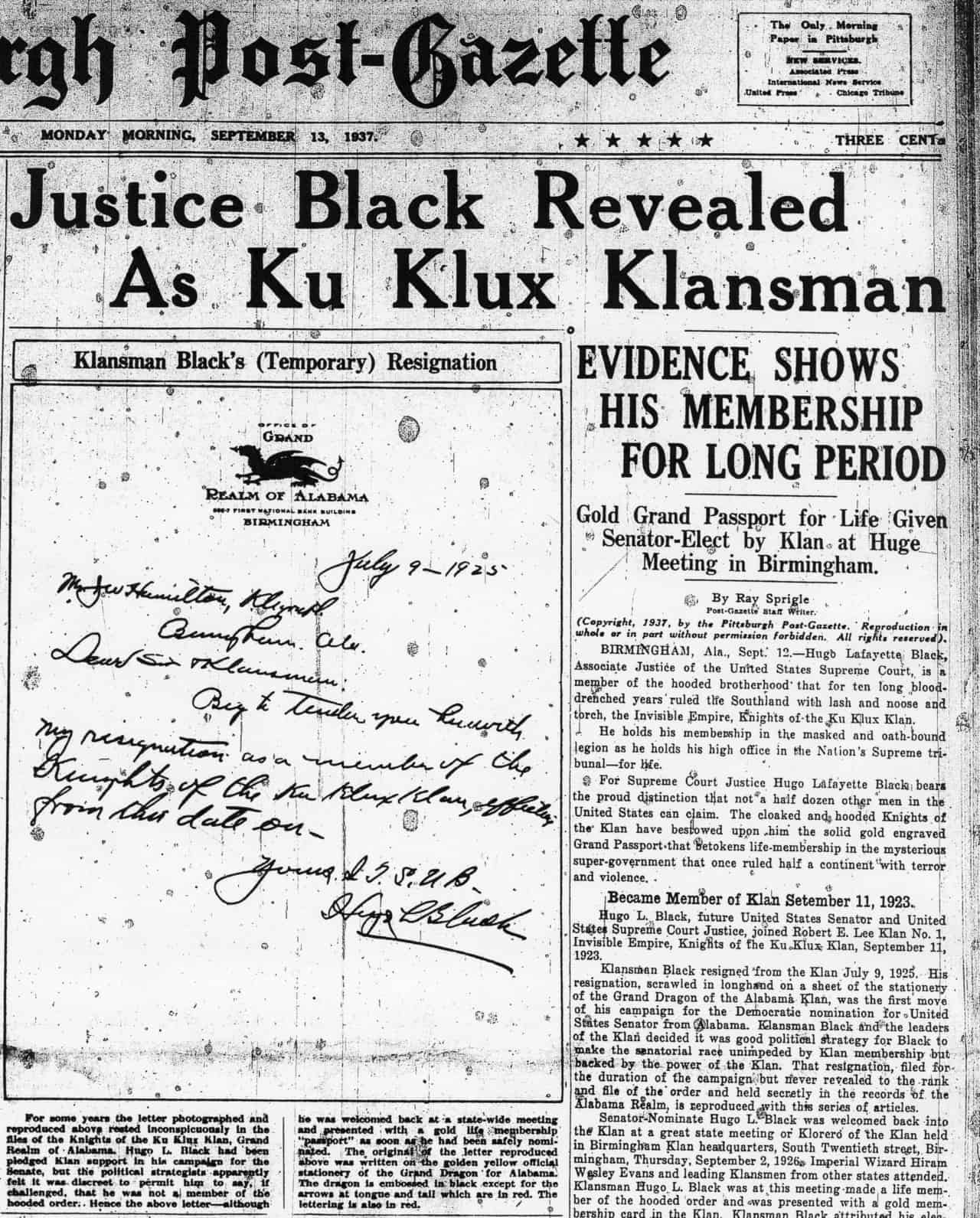Navigation
Install the app
How to install the app on iOS
Follow along with the video below to see how to install our site as a web app on your home screen.

Note: This feature currently requires accessing the site using the built-in Safari browser.
More options
You are using an out of date browser. It may not display this or other websites correctly.
You should upgrade or use an alternative browser.
You should upgrade or use an alternative browser.
Liberals Don't Like This Newly Discovered Photo Of The 1924 Democratic Convention
- Thread starter L.K.Eder
- Start date
- Thread starter
- #2
libruls also do not like this photo of the 1924 Democratic Convention
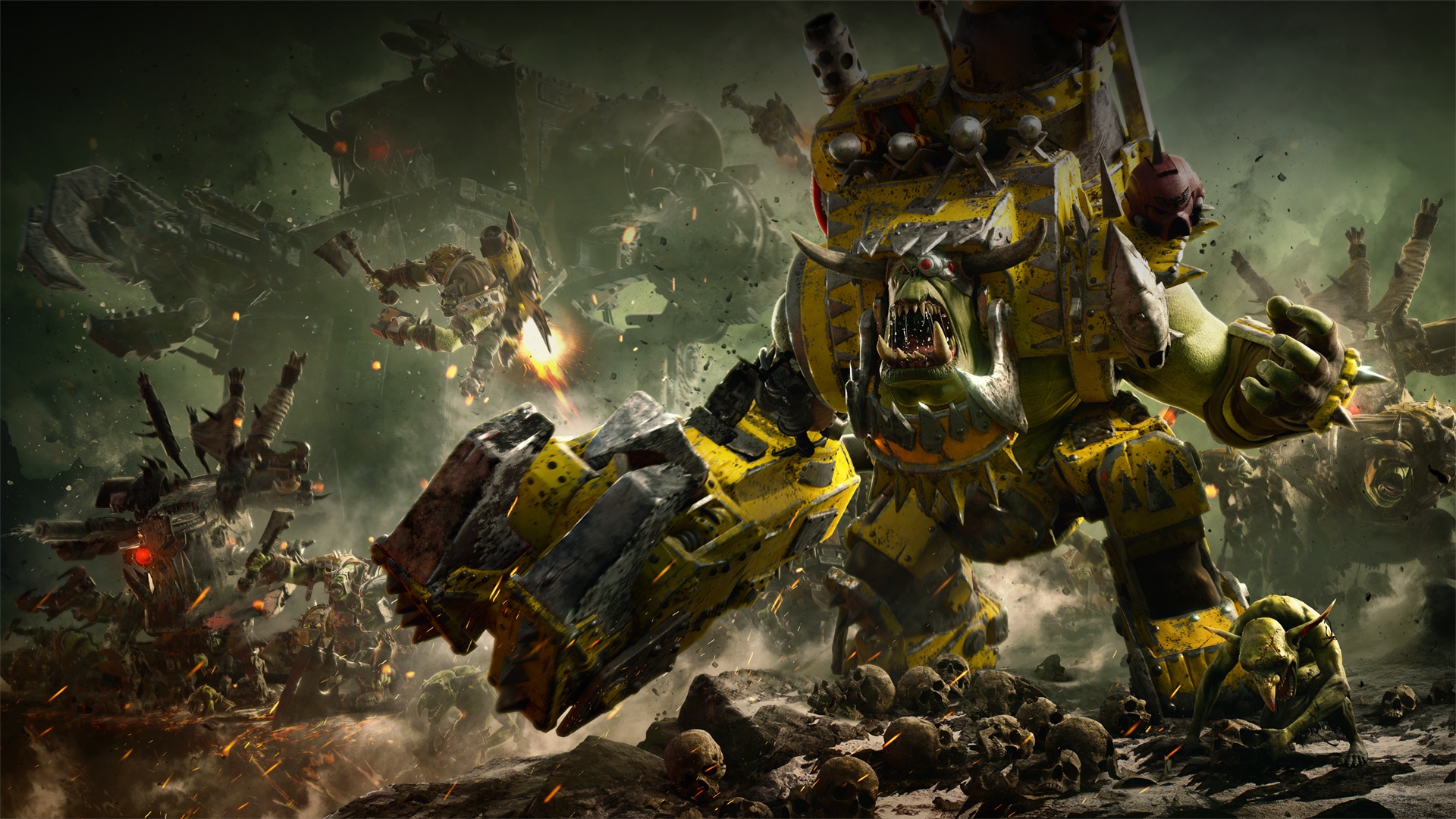

- Thread starter
- #3
the libruls absolutely dislike this picture from the 1924 Democratic Convention
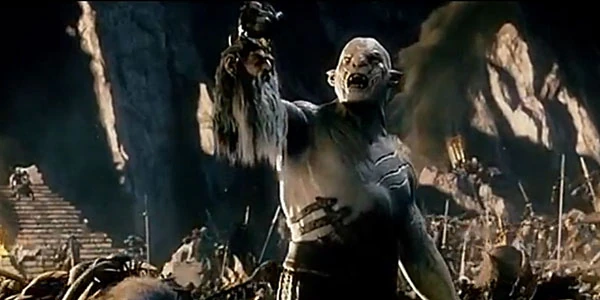

- Thread starter
- #4
holy toledo!
a newly discovered photo of the 1924 Democratic Convention was uncovered, BY ME!!!
will libruls like it?

a newly discovered photo of the 1924 Democratic Convention was uncovered, BY ME!!!
will libruls like it?

- Thread starter
- #5
RUUUU ROOOH!!!
BOMBSHELLL!!!
will da librul fascists like this newly discovered photo of the 1924 Democratic Convention?
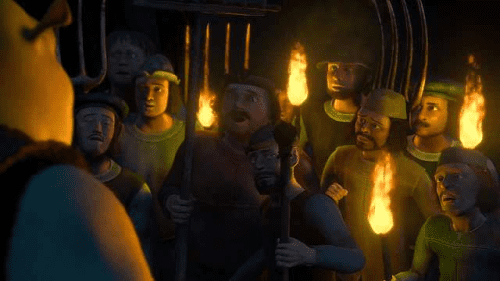
BOMBSHELLL!!!
will da librul fascists like this newly discovered photo of the 1924 Democratic Convention?

- Thread starter
- #6
WIKILEAKS BOMBSHELL1!!:
the lieberuls will not like that one either, you guessed it: a newly discovered photo from the 1924 Democratic Convention:
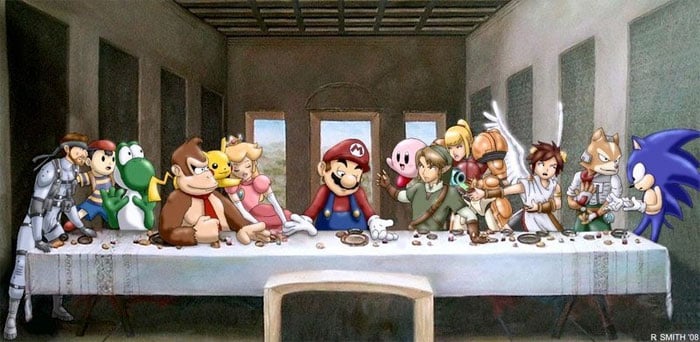
the lieberuls will not like that one either, you guessed it: a newly discovered photo from the 1924 Democratic Convention:

BULLDOG
Diamond Member
- Jun 3, 2014
- 94,008
- 30,318
- 2,250
You're right. I don't like that picture for shit. That was taken when I still had my mullet, and I looked off to the side, just as they snapped the picture. I tried to get them to take it again, but they just didn't want to.
- Thread starter
- #9
sorry, critical thinker. not from the 1924 Democratic Convention.
this is a serious bit of information for non-retards:
"In 1924, Democratic prospects in the upcoming presidential election seemed promising. The administration of Republican Calvin Coolidge was rocked by a scandal, the Teapot Dome, which involved secret leasing of the Navy's oil fields to private businesses.
But the Democratic Party was deeply divided. The Democratic Party was an uneasy coalition of diverse elements: Northerners and Southerners, Westerners and Easterners, Catholics and Jews and Protestants, conservative landowners and agrarian radicals, progressives and big city machines, urban cosmopolitans and small-town traditionalists. On one side were defenders of the Ku Klux Klan, prohibition, and fundamentalism. On the other side were northeastern Catholics and Jewish immigrants and their children. A series of issues that bitterly divided the country during the early 1920s were on display at the 1924 Democratic Convention held at Madison Square Garden in New York City from June 24 to July 9, 1924. These issues included prohibition and religious and racial tolerance. The Northeasterners wanted an explicit condemnation of the Ku Klux Klan.
The two leading candidates symbolized a deep cultural divide. Al Smith, New York's governor, was a Catholic and an opponent of prohibition and was bitterly opposed by Democrats in the South and West. Former Treasury Secretary William Gibbs McAdoo, a Protestant, defended prohibition and refused to repudiate the Ku Klux Klan, making himself unacceptable to Catholics and Jews in the Northeast.
Newspapers called the convention a "Klanbake," as pro-Klan and anti-Klan delegates wrangled bitterly over the party platform. The convention opened on a Monday and by Thursday night, after 61 ballots, the convention was deadlocked. The next day, July 4, some 20,000 Klan supporters wearing white hoods and robes held a picnic in New Jersey. One speaker denounced the "clownvention in Jew York." They threw baseballs at an effigy of Al Smith. A cross-burning culminated the event.
Al Smith and William Gibbs McAdoo withdrew from contention after the 99th ballot. On the 103rd ballot, the weary convention nominated John W. Davis of West Virginia, formerly a US Representative from West Virginia, Solicitor General for the United States, and US Ambassador to Britain under President Woodrow Wilson. The nomination proved worthless. Liberals deserted the Democrats and voted for Robert La Follette, a third party candidate. Apathy and disgust kept many home, and just half of those eligible went to the polls. The Democrat candidate, John Davis, received 8 million votes. The Republican candidate, incumbent president Calvin Coolidge, received 15 million votes."
this is a serious bit of information for non-retards:
"In 1924, Democratic prospects in the upcoming presidential election seemed promising. The administration of Republican Calvin Coolidge was rocked by a scandal, the Teapot Dome, which involved secret leasing of the Navy's oil fields to private businesses.
But the Democratic Party was deeply divided. The Democratic Party was an uneasy coalition of diverse elements: Northerners and Southerners, Westerners and Easterners, Catholics and Jews and Protestants, conservative landowners and agrarian radicals, progressives and big city machines, urban cosmopolitans and small-town traditionalists. On one side were defenders of the Ku Klux Klan, prohibition, and fundamentalism. On the other side were northeastern Catholics and Jewish immigrants and their children. A series of issues that bitterly divided the country during the early 1920s were on display at the 1924 Democratic Convention held at Madison Square Garden in New York City from June 24 to July 9, 1924. These issues included prohibition and religious and racial tolerance. The Northeasterners wanted an explicit condemnation of the Ku Klux Klan.
The two leading candidates symbolized a deep cultural divide. Al Smith, New York's governor, was a Catholic and an opponent of prohibition and was bitterly opposed by Democrats in the South and West. Former Treasury Secretary William Gibbs McAdoo, a Protestant, defended prohibition and refused to repudiate the Ku Klux Klan, making himself unacceptable to Catholics and Jews in the Northeast.
Newspapers called the convention a "Klanbake," as pro-Klan and anti-Klan delegates wrangled bitterly over the party platform. The convention opened on a Monday and by Thursday night, after 61 ballots, the convention was deadlocked. The next day, July 4, some 20,000 Klan supporters wearing white hoods and robes held a picnic in New Jersey. One speaker denounced the "clownvention in Jew York." They threw baseballs at an effigy of Al Smith. A cross-burning culminated the event.
Al Smith and William Gibbs McAdoo withdrew from contention after the 99th ballot. On the 103rd ballot, the weary convention nominated John W. Davis of West Virginia, formerly a US Representative from West Virginia, Solicitor General for the United States, and US Ambassador to Britain under President Woodrow Wilson. The nomination proved worthless. Liberals deserted the Democrats and voted for Robert La Follette, a third party candidate. Apathy and disgust kept many home, and just half of those eligible went to the polls. The Democrat candidate, John Davis, received 8 million votes. The Republican candidate, incumbent president Calvin Coolidge, received 15 million votes."
BULLDOG
Diamond Member
- Jun 3, 2014
- 94,008
- 30,318
- 2,250
sorry, critical thinker. not from the 1924 Democratic Convention.
this is a serious bit of information for non-retards:
"In 1924, Democratic prospects in the upcoming presidential election seemed promising. The administration of Republican Calvin Coolidge was rocked by a scandal, the Teapot Dome, which involved secret leasing of the Navy's oil fields to private businesses.
But the Democratic Party was deeply divided. The Democratic Party was an uneasy coalition of diverse elements: Northerners and Southerners, Westerners and Easterners, Catholics and Jews and Protestants, conservative landowners and agrarian radicals, progressives and big city machines, urban cosmopolitans and small-town traditionalists. On one side were defenders of the Ku Klux Klan, prohibition, and fundamentalism. On the other side were northeastern Catholics and Jewish immigrants and their children. A series of issues that bitterly divided the country during the early 1920s were on display at the 1924 Democratic Convention held at Madison Square Garden in New York City from June 24 to July 9, 1924. These issues included prohibition and religious and racial tolerance. The Northeasterners wanted an explicit condemnation of the Ku Klux Klan.
The two leading candidates symbolized a deep cultural divide. Al Smith, New York's governor, was a Catholic and an opponent of prohibition and was bitterly opposed by Democrats in the South and West. Former Treasury Secretary William Gibbs McAdoo, a Protestant, defended prohibition and refused to repudiate the Ku Klux Klan, making himself unacceptable to Catholics and Jews in the Northeast.
Newspapers called the convention a "Klanbake," as pro-Klan and anti-Klan delegates wrangled bitterly over the party platform. The convention opened on a Monday and by Thursday night, after 61 ballots, the convention was deadlocked. The next day, July 4, some 20,000 Klan supporters wearing white hoods and robes held a picnic in New Jersey. One speaker denounced the "clownvention in Jew York." They threw baseballs at an effigy of Al Smith. A cross-burning culminated the event.
Al Smith and William Gibbs McAdoo withdrew from contention after the 99th ballot. On the 103rd ballot, the weary convention nominated John W. Davis of West Virginia, formerly a US Representative from West Virginia, Solicitor General for the United States, and US Ambassador to Britain under President Woodrow Wilson. The nomination proved worthless. Liberals deserted the Democrats and voted for Robert La Follette, a third party candidate. Apathy and disgust kept many home, and just half of those eligible went to the polls. The Democrat candidate, John Davis, received 8 million votes. The Republican candidate, incumbent president Calvin Coolidge, received 15 million votes."
Yes, but besides all that, the potato salad was to die for.
- Thread starter
- #11
yes. and we can agree that both sides were to blame. the one side that wanted an explicit condemnation of the KKK, and the other side that was the KKK.sorry, critical thinker. not from the 1924 Democratic Convention.
this is a serious bit of information for non-retards:
"In 1924, Democratic prospects in the upcoming presidential election seemed promising. The administration of Republican Calvin Coolidge was rocked by a scandal, the Teapot Dome, which involved secret leasing of the Navy's oil fields to private businesses.
But the Democratic Party was deeply divided. The Democratic Party was an uneasy coalition of diverse elements: Northerners and Southerners, Westerners and Easterners, Catholics and Jews and Protestants, conservative landowners and agrarian radicals, progressives and big city machines, urban cosmopolitans and small-town traditionalists. On one side were defenders of the Ku Klux Klan, prohibition, and fundamentalism. On the other side were northeastern Catholics and Jewish immigrants and their children. A series of issues that bitterly divided the country during the early 1920s were on display at the 1924 Democratic Convention held at Madison Square Garden in New York City from June 24 to July 9, 1924. These issues included prohibition and religious and racial tolerance. The Northeasterners wanted an explicit condemnation of the Ku Klux Klan.
The two leading candidates symbolized a deep cultural divide. Al Smith, New York's governor, was a Catholic and an opponent of prohibition and was bitterly opposed by Democrats in the South and West. Former Treasury Secretary William Gibbs McAdoo, a Protestant, defended prohibition and refused to repudiate the Ku Klux Klan, making himself unacceptable to Catholics and Jews in the Northeast.
Newspapers called the convention a "Klanbake," as pro-Klan and anti-Klan delegates wrangled bitterly over the party platform. The convention opened on a Monday and by Thursday night, after 61 ballots, the convention was deadlocked. The next day, July 4, some 20,000 Klan supporters wearing white hoods and robes held a picnic in New Jersey. One speaker denounced the "clownvention in Jew York." They threw baseballs at an effigy of Al Smith. A cross-burning culminated the event.
Al Smith and William Gibbs McAdoo withdrew from contention after the 99th ballot. On the 103rd ballot, the weary convention nominated John W. Davis of West Virginia, formerly a US Representative from West Virginia, Solicitor General for the United States, and US Ambassador to Britain under President Woodrow Wilson. The nomination proved worthless. Liberals deserted the Democrats and voted for Robert La Follette, a third party candidate. Apathy and disgust kept many home, and just half of those eligible went to the polls. The Democrat candidate, John Davis, received 8 million votes. The Republican candidate, incumbent president Calvin Coolidge, received 15 million votes."
Yes, but besides all that, the potato salad was to die for.
BULLDOG
Diamond Member
- Jun 3, 2014
- 94,008
- 30,318
- 2,250
yes. and we can agree that both sides were to blame. the one side that wanted an explicit condemnation of the KKK, and the other side that was the KKK.sorry, critical thinker. not from the 1924 Democratic Convention.
this is a serious bit of information for non-retards:
"In 1924, Democratic prospects in the upcoming presidential election seemed promising. The administration of Republican Calvin Coolidge was rocked by a scandal, the Teapot Dome, which involved secret leasing of the Navy's oil fields to private businesses.
But the Democratic Party was deeply divided. The Democratic Party was an uneasy coalition of diverse elements: Northerners and Southerners, Westerners and Easterners, Catholics and Jews and Protestants, conservative landowners and agrarian radicals, progressives and big city machines, urban cosmopolitans and small-town traditionalists. On one side were defenders of the Ku Klux Klan, prohibition, and fundamentalism. On the other side were northeastern Catholics and Jewish immigrants and their children. A series of issues that bitterly divided the country during the early 1920s were on display at the 1924 Democratic Convention held at Madison Square Garden in New York City from June 24 to July 9, 1924. These issues included prohibition and religious and racial tolerance. The Northeasterners wanted an explicit condemnation of the Ku Klux Klan.
The two leading candidates symbolized a deep cultural divide. Al Smith, New York's governor, was a Catholic and an opponent of prohibition and was bitterly opposed by Democrats in the South and West. Former Treasury Secretary William Gibbs McAdoo, a Protestant, defended prohibition and refused to repudiate the Ku Klux Klan, making himself unacceptable to Catholics and Jews in the Northeast.
Newspapers called the convention a "Klanbake," as pro-Klan and anti-Klan delegates wrangled bitterly over the party platform. The convention opened on a Monday and by Thursday night, after 61 ballots, the convention was deadlocked. The next day, July 4, some 20,000 Klan supporters wearing white hoods and robes held a picnic in New Jersey. One speaker denounced the "clownvention in Jew York." They threw baseballs at an effigy of Al Smith. A cross-burning culminated the event.
Al Smith and William Gibbs McAdoo withdrew from contention after the 99th ballot. On the 103rd ballot, the weary convention nominated John W. Davis of West Virginia, formerly a US Representative from West Virginia, Solicitor General for the United States, and US Ambassador to Britain under President Woodrow Wilson. The nomination proved worthless. Liberals deserted the Democrats and voted for Robert La Follette, a third party candidate. Apathy and disgust kept many home, and just half of those eligible went to the polls. The Democrat candidate, John Davis, received 8 million votes. The Republican candidate, incumbent president Calvin Coolidge, received 15 million votes."
Yes, but besides all that, the potato salad was to die for.
As always, if anyone can point to anybody in those old pictures who is still in office, or running for office, I promise I won't vote for them.
- Thread starter
- #13
i think donkey kong from post #6 is currently active.yes. and we can agree that both sides were to blame. the one side that wanted an explicit condemnation of the KKK, and the other side that was the KKK.sorry, critical thinker. not from the 1924 Democratic Convention.
this is a serious bit of information for non-retards:
"In 1924, Democratic prospects in the upcoming presidential election seemed promising. The administration of Republican Calvin Coolidge was rocked by a scandal, the Teapot Dome, which involved secret leasing of the Navy's oil fields to private businesses.
But the Democratic Party was deeply divided. The Democratic Party was an uneasy coalition of diverse elements: Northerners and Southerners, Westerners and Easterners, Catholics and Jews and Protestants, conservative landowners and agrarian radicals, progressives and big city machines, urban cosmopolitans and small-town traditionalists. On one side were defenders of the Ku Klux Klan, prohibition, and fundamentalism. On the other side were northeastern Catholics and Jewish immigrants and their children. A series of issues that bitterly divided the country during the early 1920s were on display at the 1924 Democratic Convention held at Madison Square Garden in New York City from June 24 to July 9, 1924. These issues included prohibition and religious and racial tolerance. The Northeasterners wanted an explicit condemnation of the Ku Klux Klan.
The two leading candidates symbolized a deep cultural divide. Al Smith, New York's governor, was a Catholic and an opponent of prohibition and was bitterly opposed by Democrats in the South and West. Former Treasury Secretary William Gibbs McAdoo, a Protestant, defended prohibition and refused to repudiate the Ku Klux Klan, making himself unacceptable to Catholics and Jews in the Northeast.
Newspapers called the convention a "Klanbake," as pro-Klan and anti-Klan delegates wrangled bitterly over the party platform. The convention opened on a Monday and by Thursday night, after 61 ballots, the convention was deadlocked. The next day, July 4, some 20,000 Klan supporters wearing white hoods and robes held a picnic in New Jersey. One speaker denounced the "clownvention in Jew York." They threw baseballs at an effigy of Al Smith. A cross-burning culminated the event.
Al Smith and William Gibbs McAdoo withdrew from contention after the 99th ballot. On the 103rd ballot, the weary convention nominated John W. Davis of West Virginia, formerly a US Representative from West Virginia, Solicitor General for the United States, and US Ambassador to Britain under President Woodrow Wilson. The nomination proved worthless. Liberals deserted the Democrats and voted for Robert La Follette, a third party candidate. Apathy and disgust kept many home, and just half of those eligible went to the polls. The Democrat candidate, John Davis, received 8 million votes. The Republican candidate, incumbent president Calvin Coolidge, received 15 million votes."
Yes, but besides all that, the potato salad was to die for.
As always, if anyone can point to anybody in those old pictures who is still in office, or running for office, I promise I won't vote for them.
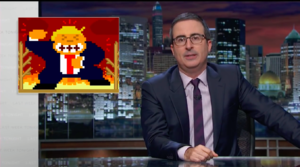
Tommy Tainant
Diamond Member
tick tick tick
BULLDOG
Diamond Member
- Jun 3, 2014
- 94,008
- 30,318
- 2,250
i think donkey kong from post #6 is currently active.yes. and we can agree that both sides were to blame. the one side that wanted an explicit condemnation of the KKK, and the other side that was the KKK.sorry, critical thinker. not from the 1924 Democratic Convention.
this is a serious bit of information for non-retards:
"In 1924, Democratic prospects in the upcoming presidential election seemed promising. The administration of Republican Calvin Coolidge was rocked by a scandal, the Teapot Dome, which involved secret leasing of the Navy's oil fields to private businesses.
But the Democratic Party was deeply divided. The Democratic Party was an uneasy coalition of diverse elements: Northerners and Southerners, Westerners and Easterners, Catholics and Jews and Protestants, conservative landowners and agrarian radicals, progressives and big city machines, urban cosmopolitans and small-town traditionalists. On one side were defenders of the Ku Klux Klan, prohibition, and fundamentalism. On the other side were northeastern Catholics and Jewish immigrants and their children. A series of issues that bitterly divided the country during the early 1920s were on display at the 1924 Democratic Convention held at Madison Square Garden in New York City from June 24 to July 9, 1924. These issues included prohibition and religious and racial tolerance. The Northeasterners wanted an explicit condemnation of the Ku Klux Klan.
The two leading candidates symbolized a deep cultural divide. Al Smith, New York's governor, was a Catholic and an opponent of prohibition and was bitterly opposed by Democrats in the South and West. Former Treasury Secretary William Gibbs McAdoo, a Protestant, defended prohibition and refused to repudiate the Ku Klux Klan, making himself unacceptable to Catholics and Jews in the Northeast.
Newspapers called the convention a "Klanbake," as pro-Klan and anti-Klan delegates wrangled bitterly over the party platform. The convention opened on a Monday and by Thursday night, after 61 ballots, the convention was deadlocked. The next day, July 4, some 20,000 Klan supporters wearing white hoods and robes held a picnic in New Jersey. One speaker denounced the "clownvention in Jew York." They threw baseballs at an effigy of Al Smith. A cross-burning culminated the event.
Al Smith and William Gibbs McAdoo withdrew from contention after the 99th ballot. On the 103rd ballot, the weary convention nominated John W. Davis of West Virginia, formerly a US Representative from West Virginia, Solicitor General for the United States, and US Ambassador to Britain under President Woodrow Wilson. The nomination proved worthless. Liberals deserted the Democrats and voted for Robert La Follette, a third party candidate. Apathy and disgust kept many home, and just half of those eligible went to the polls. The Democrat candidate, John Davis, received 8 million votes. The Republican candidate, incumbent president Calvin Coolidge, received 15 million votes."
Yes, but besides all that, the potato salad was to die for.
As always, if anyone can point to anybody in those old pictures who is still in office, or running for office, I promise I won't vote for them.

Then I won't vote for him
Similar threads
- Replies
- 96
- Views
- 1K
- Replies
- 27
- Views
- 407
- Locked
- Replies
- 52
- Views
- 430
- Replies
- 70
- Views
- 679
- Replies
- 151
- Views
- 1K
Latest Discussions
- Replies
- 147
- Views
- 676
- Replies
- 169
- Views
- 11K
- Replies
- 23
- Views
- 98
Forum List
-
-
-
-
-
Political Satire 7995
-
-
-
-
-
-
-
-
-
-
-
-
-
-
-
-
-
-
-
ObamaCare 781
-
-
-
-
-
-
-
-
-
-
-
Member Usernotes 465
-
-
-
-
-
-
-
-
-
-
